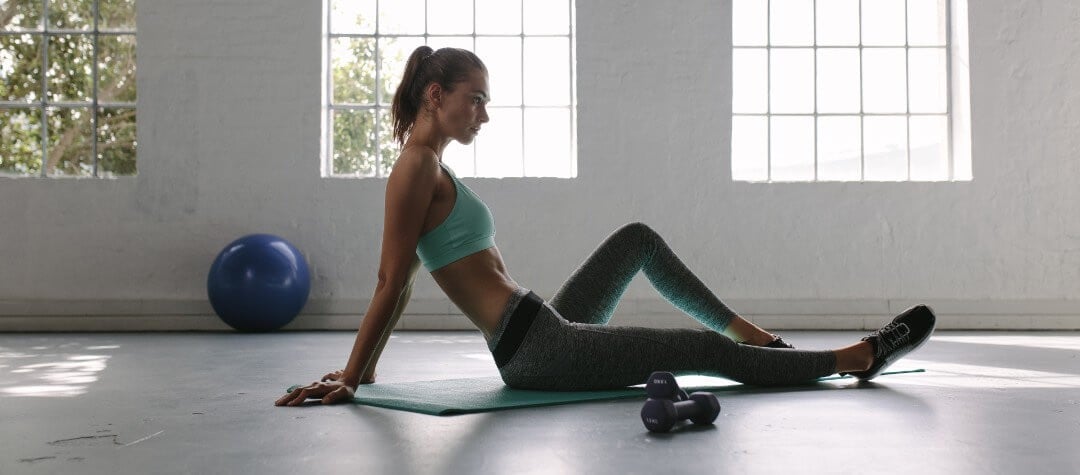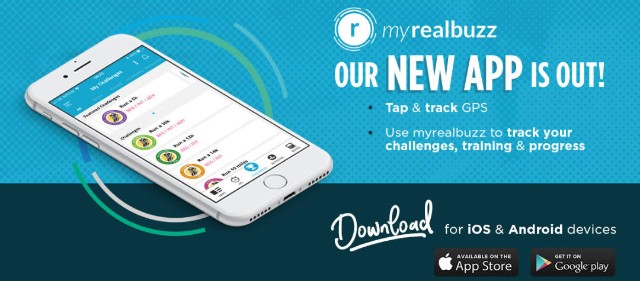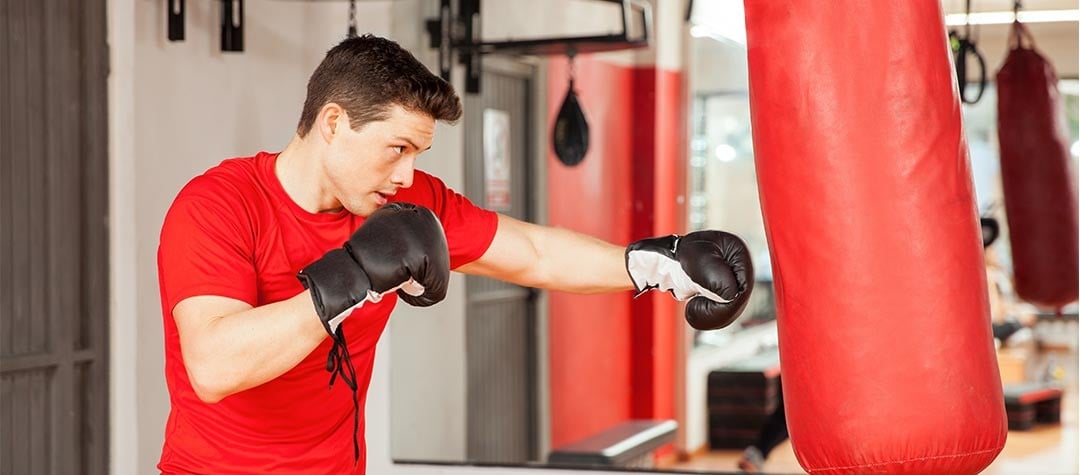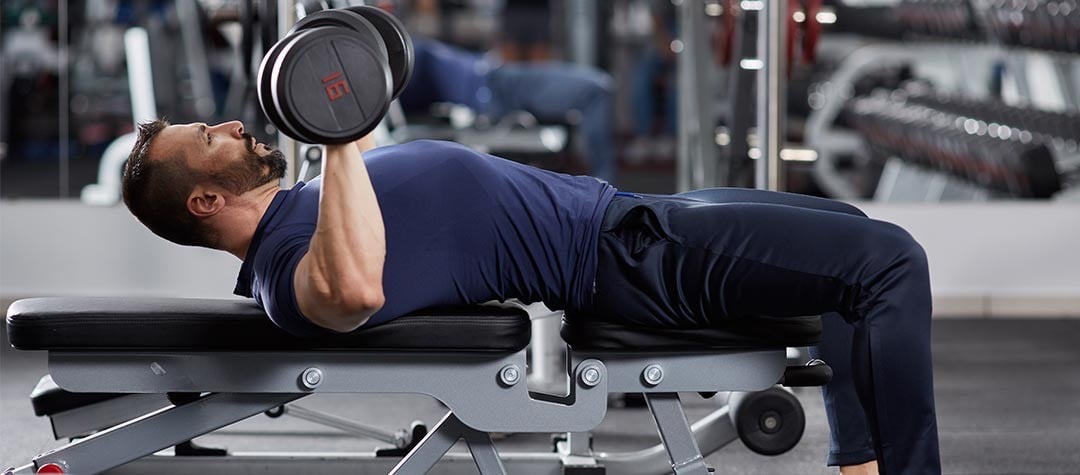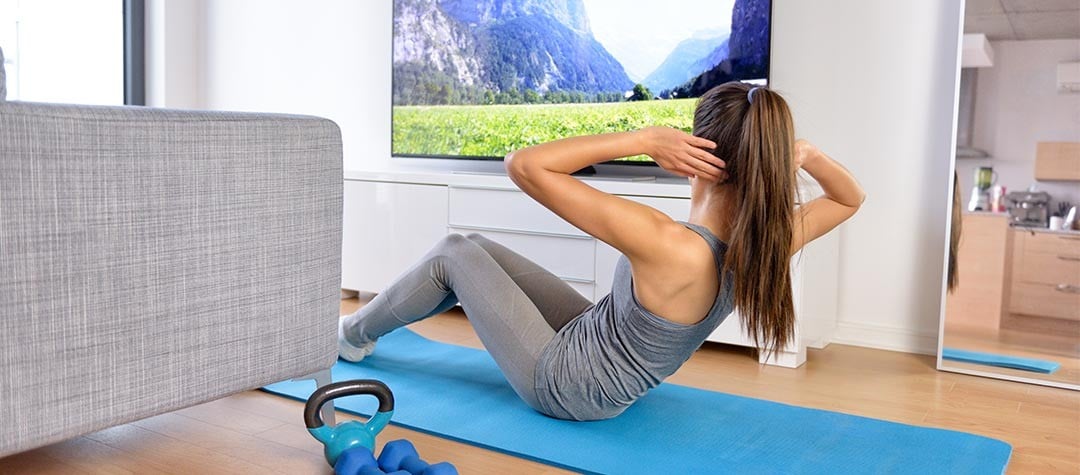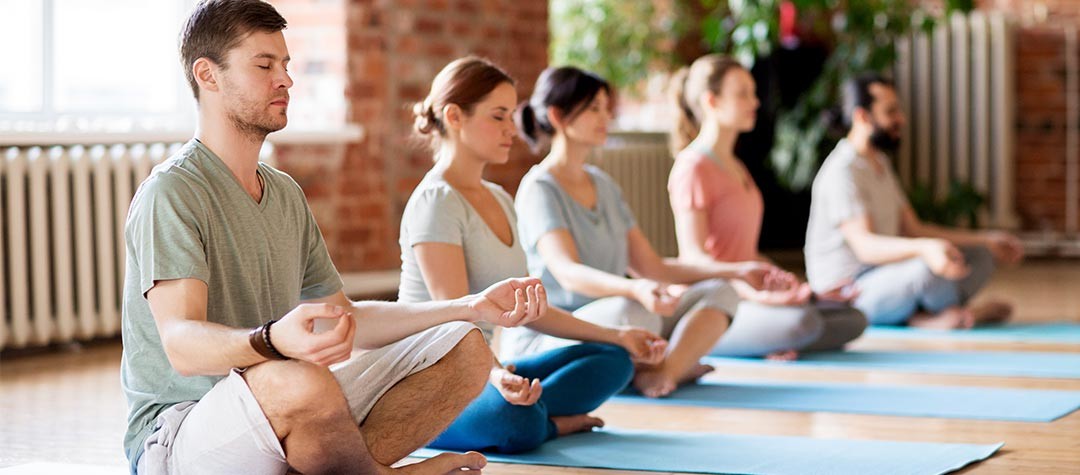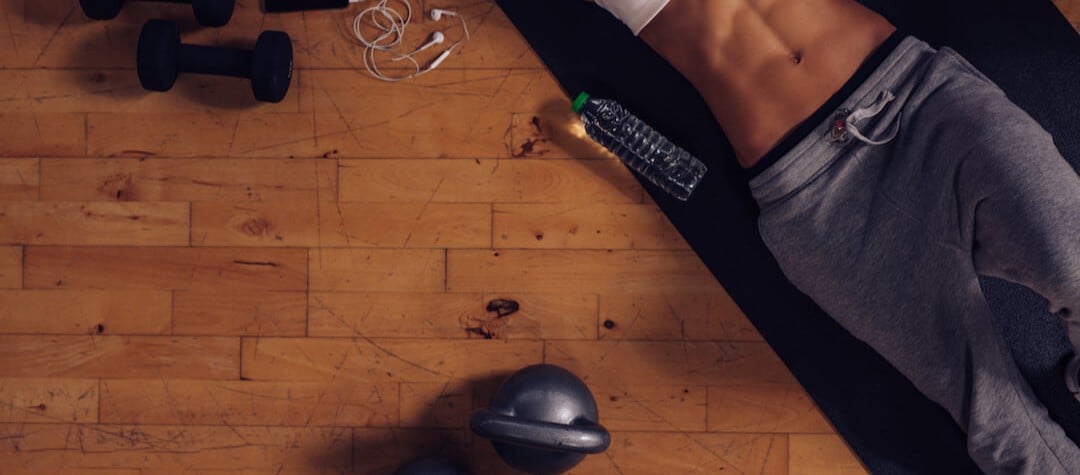Looking for a flatter stomach or even hoping to achieve an enviable six-pack? This workout will help you work those abs and then combined with the correct diet your target could be achievable.
Let’s start off with a harsh but simple truth. No matter how hard you work your stomach muscles, no matter how fantastic your core stability, how strong your six-pack - if you are carrying excess body fat, that impressive midriff will be hidden under a layer of flab. So while this workout will hone and tone, strengthen and flatten your abdominal muscles, it won’t melt away a spare tire. For that, you need to look at your diet and overall physical activity levels, too.
That said, though, you will be amazed at the effect the flatter tummy workout will have on your midriff. Many of us get into a rut with our abdominal exercise regimes, doing the same old crunches and sit-ups every time, neglecting the muscles at the sides of the waist and the all-important ‘core’ muscles (the transversus abdominis), which lie deep below the surface and surround the lower trunk like a corset.
Bringing these muscles into the equation helps to nip in the waist and flatten the lower part of the tummy far more effectively than boring old curls and crunches. And believe us, you’ll certainly know you’ve done an abs workout the morning after your first session!
The more directions you tackle your abs from, the more muscles you will use and the better the results will be.
As well as using more of the musculature of the trunk, the workout is also highly efficient because it doesn’t just use one range of motion. Crunches and curls all involve flexing the trunk forward and rolling back, while lying on your back. Think about it. How often do you do that movement in daily life? Probably just the once, first thing in the morning when you get out of bed!
This routine works multi-dimensionally - by challenging the abs in all positions and through all planes of movement. For example, you’ll be working lying face down, on your side, even standing-up. The more directions you tackle your abs from, the more muscles you will use and the better the results will be.
You’ll notice that some of the exercises use a Swiss ball or medicine ball. All of them can be done without, except for the Jack-knife. It’s fine to improvise at first, but as you get more experienced, it will make the exercises more difficult if you use the right equipment. For example, the journal Physical Therapy found that curl-ups on the floor recruited 21 per cent of the rectus abdominis muscle (the six-pack), compared to 35 per cent on a Swiss ball.
Before we get started, here are some essential tips:
- Make sure you have a mat, or a thick towel, to exercise on, to protect the spine, knees and elbows.
- To do the exercises correctly, you need to ‘engage’ the deep abdominal muscles. Imagine you are wearing a corset, which has a zip from the top of the pubic bone to the belly button. Take a breath, and as you exhale, slowly ‘do up’ the zip. When you get to the top, fasten the button (your navel) to an imaginary buttonhole on your spine. Maintain the contraction, but don’t hold your breath at any time.
- Don’t ‘grip’ tightly around the midriff. You will find it hard to do any kind of movement if you are holding your tummy too tensely. To get the right level of tension, contract to your maximum, and then let the contraction go by 50 per cent.
- Don’t try to flatten your back into the mat (or ball) when lying face up during exercises. As long as your navel is drawn to your spine, it doesn’t matter if there is a small curve at your lower back.
- Work through the exercises slowly and breathe throughout. If possible try to exhale on the toughest bit of the exercise and inhale during the easier phase but if you find it difficult to coordinate, just breathe any way you can.
- Only perform the exercises every other day at most - three times a week is fine. Like any muscle, the abs need time to recover and develop between training sessions.
- Follow the directions - when it says ‘pause’ in the exercise instructions, it means hold the position momentarily before returning to the start position. When it says ‘hold the position’ for a given period, it doesn’t mean hold your breath, too!
- For the first week, do routine A and routine B once each, to get a feel for the moves, and to prevent you ending up with muscle soreness that puts you off doing the workout again.
- Following that, add a second session of either routine. If you really want to go for it, do both routines twice a week, with a day-off between each. Start with one set of each exercise, increasing to two sets after four weeks, and three sets after eight weeks.
- If you're looking to improve your fitness so that you can get a flatter tummy and fight the flab, it may seem difficult to know which exercises to follow to start you off. We've compiled a guide to exercise routines that will help you get a flatter tummy.
Flatter tummy exercise routine A:
1. Core stabiliser
Start on all fours, with weight evenly distributed between your hands and knees. Keep your back long and straight (neck in line with spine), and allow your tummy to relax completely. Now, contract the pelvic floor and begin pulling up and back from the pubic bone to the navel. Picture most of the work being done by the sides of the tummy below the belly button. When the whole of the lower tummy is contracted, hold for eight to ten breaths.
Rest, then repeat two more times. Don’t worry if you have to ‘re-contract’ halfway through.
To progress — When this feels easy, do the exercise exactly as above, but once you’ve contracted the tummy, extend one arm out in front of you, without letting the shoulders, back or hips change position. Hold for two breaths, then lower with control and smoothly lift the other arm. That counts as one repetition. Do three sets of four repetitions.
2. Medicine ball twist
Stand with good posture, holding a medicine ball in both hands with upper arms anchored at your sides. Keeping your hipbones facing front and core engaged. Slowly twist to the right-hand side, focusing on using the muscles at the sides of your waist. Twist as far as you can, pause, then return to the center and twist to the left-hand side. Aim for 16 alternate repetitions.
To progress — Speed the movement up and increase the repetitions.
3. Ball curl-up
Lie on a Swiss ball with your bottom off the edge, cheeks unclenched, your feet 12 inches apart and your hands crossed over your chest. Contracting the abdominals, but not the bottom, raise and flex the head, neck, shoulders and upper torso as far as you can without moving the ball underneath you. Pause, then lower and repeat. Do eight to 12 repetitions.
To progress — Take your fingertips beside your head.
4. Puppet
Lie on your back, with arms extended straight above shoulders and knees bent to a right angle, feet in the air. Keeping the core engaged, extend one leg forwards as the opposite arm goes overhead to touch the floor, like a puppet on a string. The higher your legs are; the easier the action. Aim for 20 alternate repetitions.
To progress — Take your legs closer to the ground as you extend them, to make the exercise harder.
Flatter tummy exercise routine B:
1. Prone plank
Lie face down with hands under forehead, head in line with body. Keeping the rest of the body relaxed, inhale and peel the navel to spine, trying to lift the abdominals off the floor. Hold for six seconds, breathing freely, and then relax. Do not lift the hipbones off the floor or contract the back. Do five repetitions.
To progress — Link your hands into a single fist in front of your chest. Engage the core, and raise yourself up on to forearms, knees and lower legs, keeping the back in a straight line and the tummy lifted. Keep shoulders drawn away from ears and retracted. Breathe freely, and hold the position for six seconds. Rest and repeat twice more.
2. Reverse curl with ball
Lie on your back with legs bent and a Swiss ball grasped between the back of your thighs and calves. Arms are extended along the floor. Inhale, and as you exhale, draw the knees into the chest, aiming to curl the tailbone just a little way off the floor. Do not use momentum - concentrate on squeezing the lower abdominal area. You can do this exercise minus the ball, with a cushion between your knees, legs bent and lifted above the torso.
To progress — Use a medicine ball to add extra weight to the move.
3. Side bridge
Lie on your side with knees and hips stacked (the top one directly over the bottom one) and your weight resting on the lower elbow. Bend the bottom leg to a right angle at the knee, but keep the hips on top of one another. Now lift your body up so that the weight is supported on the lower part of the bottom leg and the elbow only. Consciously draw the side of the waist closest to the floor up towards the center of the body. Don’t let the bottom stick out and keep abdominals contracted. Hold each repetition for five to ten seconds, and then swap sides.
To progress — Do the exercise with both legs extended straight.
4. Jack-knife
Drape yourself face down over a Swiss ball, and shuffle forward until your knees just come in front of the ball, and your weight is supported on your hands, arms shoulder width apart. Contract the abdominals and tilt the pelvis so your back is in a straight line with the legs. Now curl the ball in towards your chest by contracting the abs and rolling the ball with your lower legs. You should feel a real squeeze in the tummy area! Pause, then straighten the legs and repeat.
To progress — Perform the exercise with just your feet on the ball in the start position.
Flatter tummy exercise trick: 24-hour ab workout
Once you’ve got to grips with engaging the core, use this little trick to help you remember to engage it throughout the day. ‘Zip up’ from the pubic bone to the navel, and then tie a length of string around your waist while maintaining good posture. As you go through the day, your tummy will push out against the string each time you allow your posture to ‘sag’, reminding you to pull back in…

